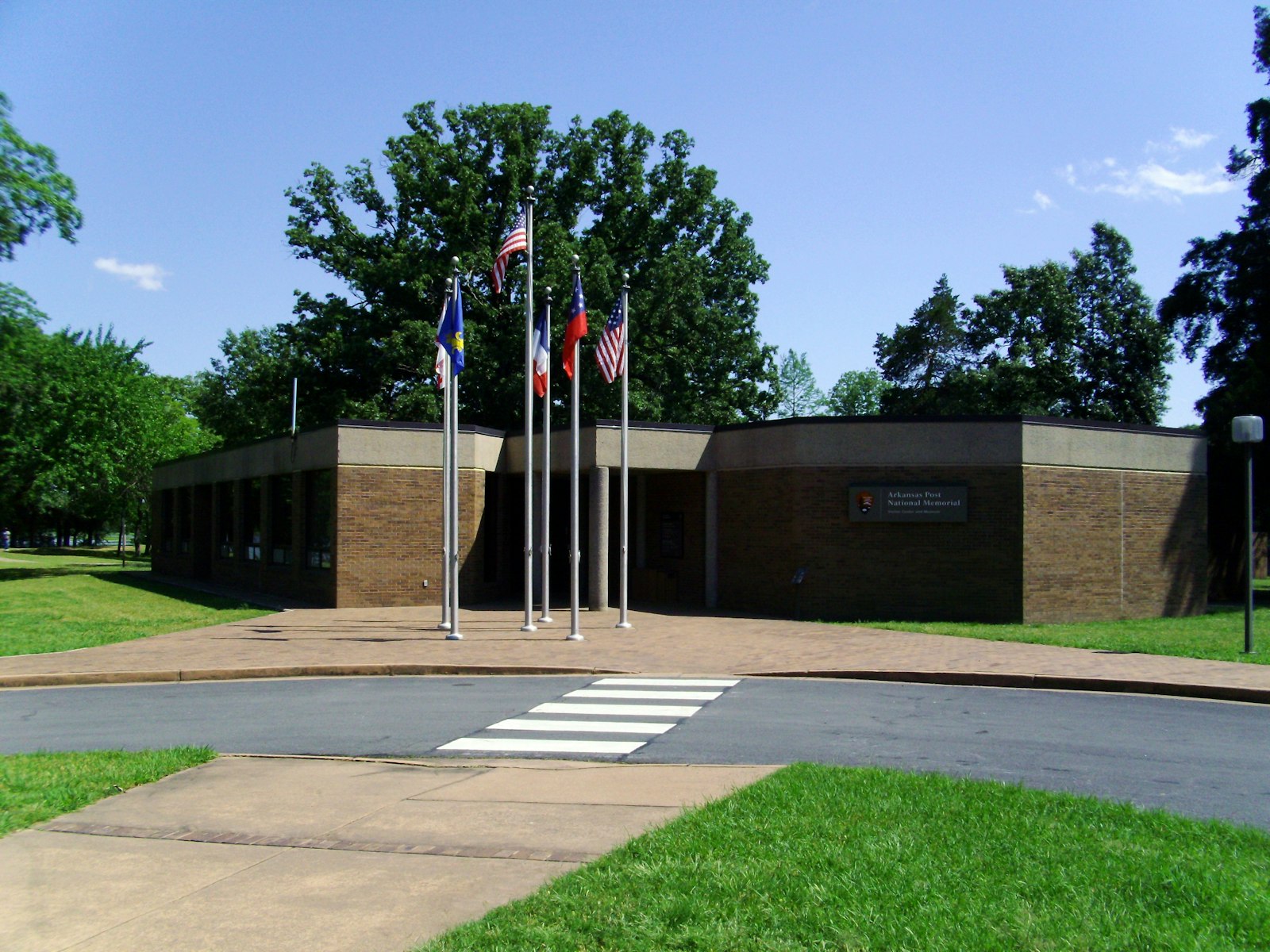
Arkansas Post National Memorial
At Arkansas Post, visitors can explore the natural beauty surrounding this memorial on a walking path or by making reservations for a national park tour.
In 1686, Henri de Tonti established a trading post known as "Poste de Arkansea" at the Quapaw village of Osotouy. It was the first semi-permanent French settlement in the lower Mississippi River Valley. The establishment of the Post was the first step in a long struggle between France, Spain, and England over the interior of the North American continent.
Over the years, the Post relocated as necessary due to flooding from the Arkansas River, but its position always served of strategic importance for the French, Spanish, American, and Confederate military. Spanish soldiers and British partisans clashed here in the 1783 "Colbert Raid," the only Revolutionary War action in Arkansas.
Arkansas Post became part of the United States following the Louisiana Purchase of 1803. By 1819, the post was a thriving river port and the largest city in the region and selected as the first capital of the Arkansas Territory.
During the Civil War, Confederate troops tried to maintain tactical control of the confluence of the two rivers, and in 1862 they constructed a massive earthen fortification known as Fort Hindman at the Post. In January 1863 Union troops destroyed the fort, ensuring control of the Arkansas River.
Today, the memorial and museum commemorate the multi-layered and complex history of the site. Located on a peninsula bordered by the Arkansas River and two backwaters, the site offers excellent fishing and wildlife watching opportunities.